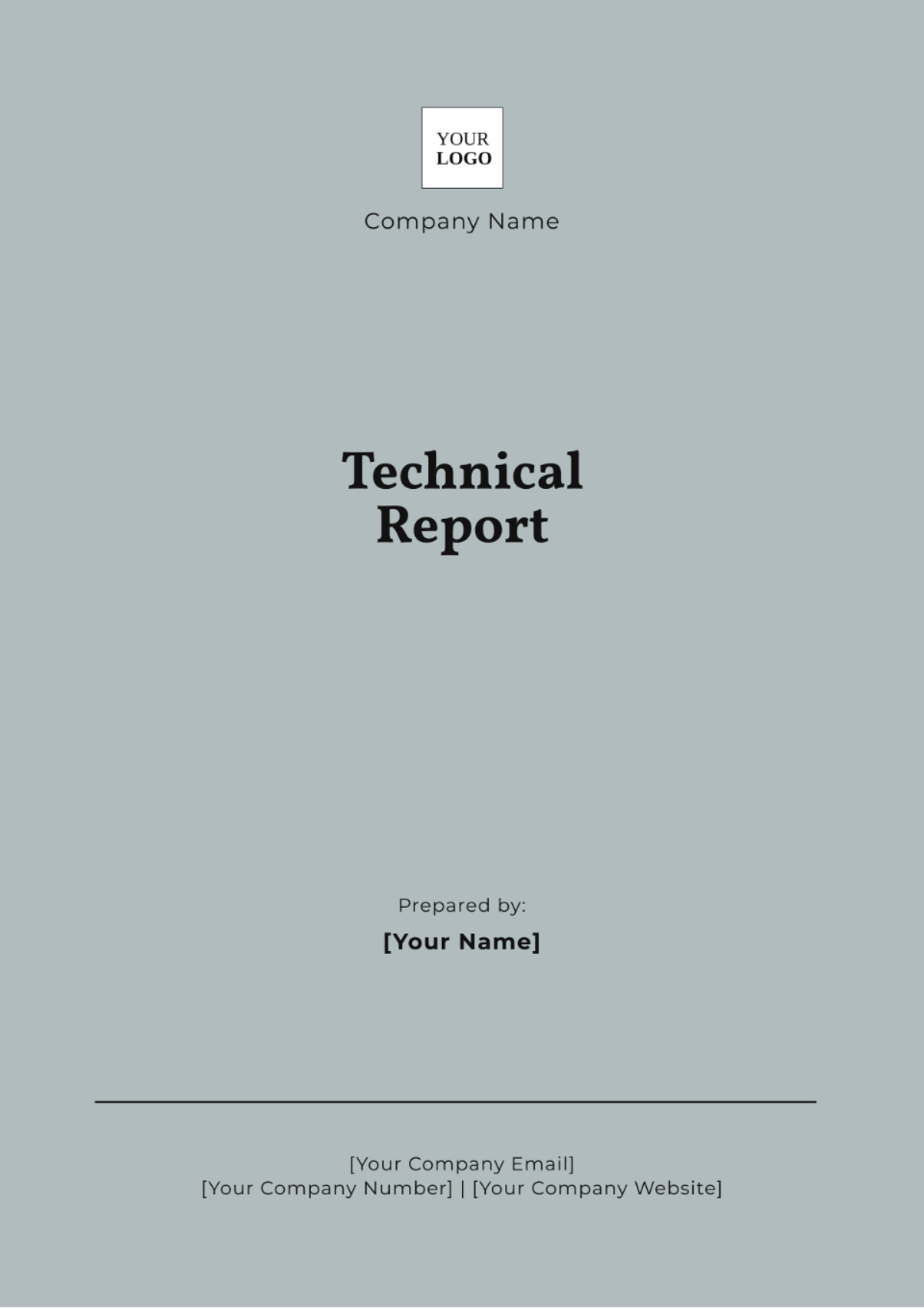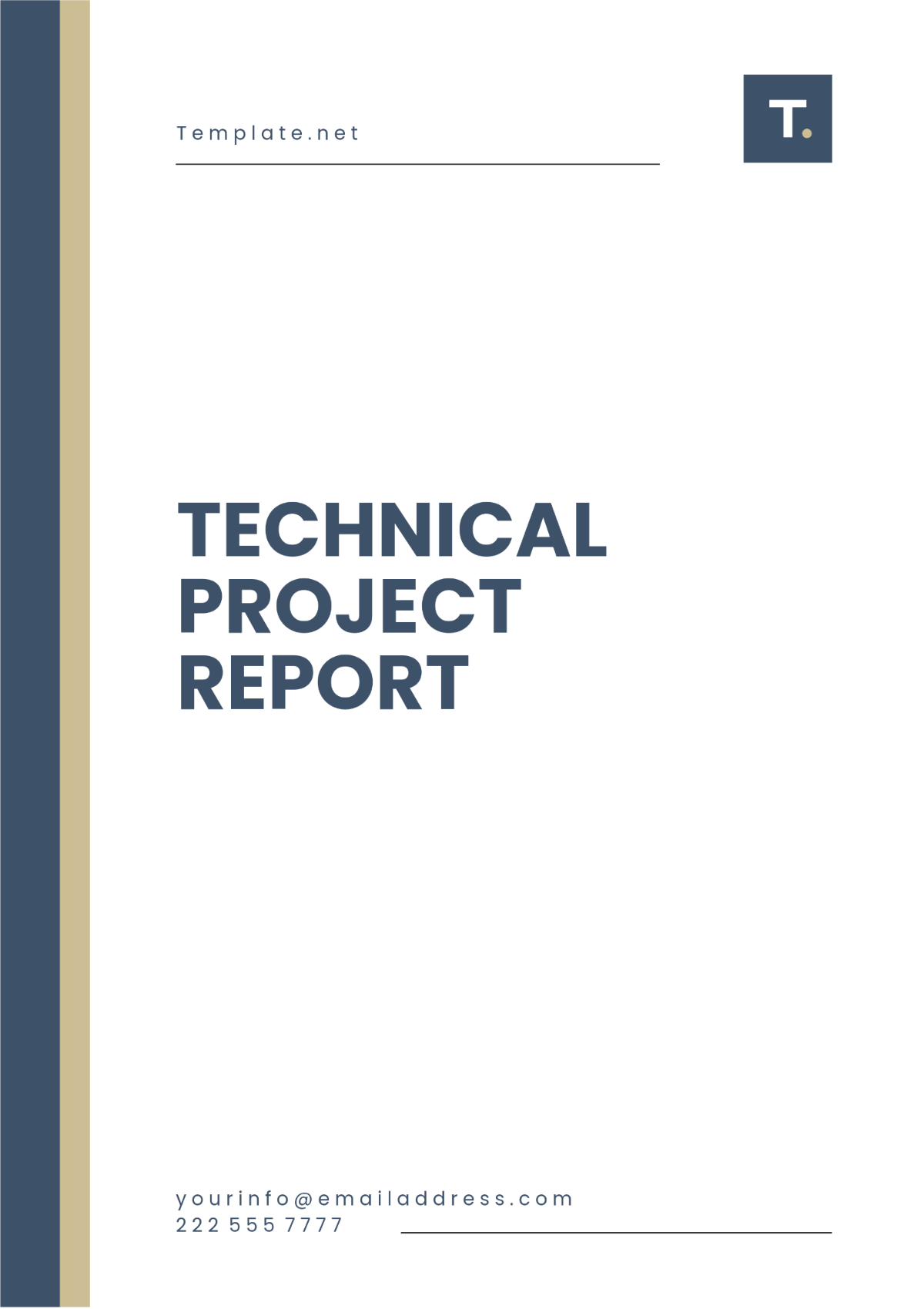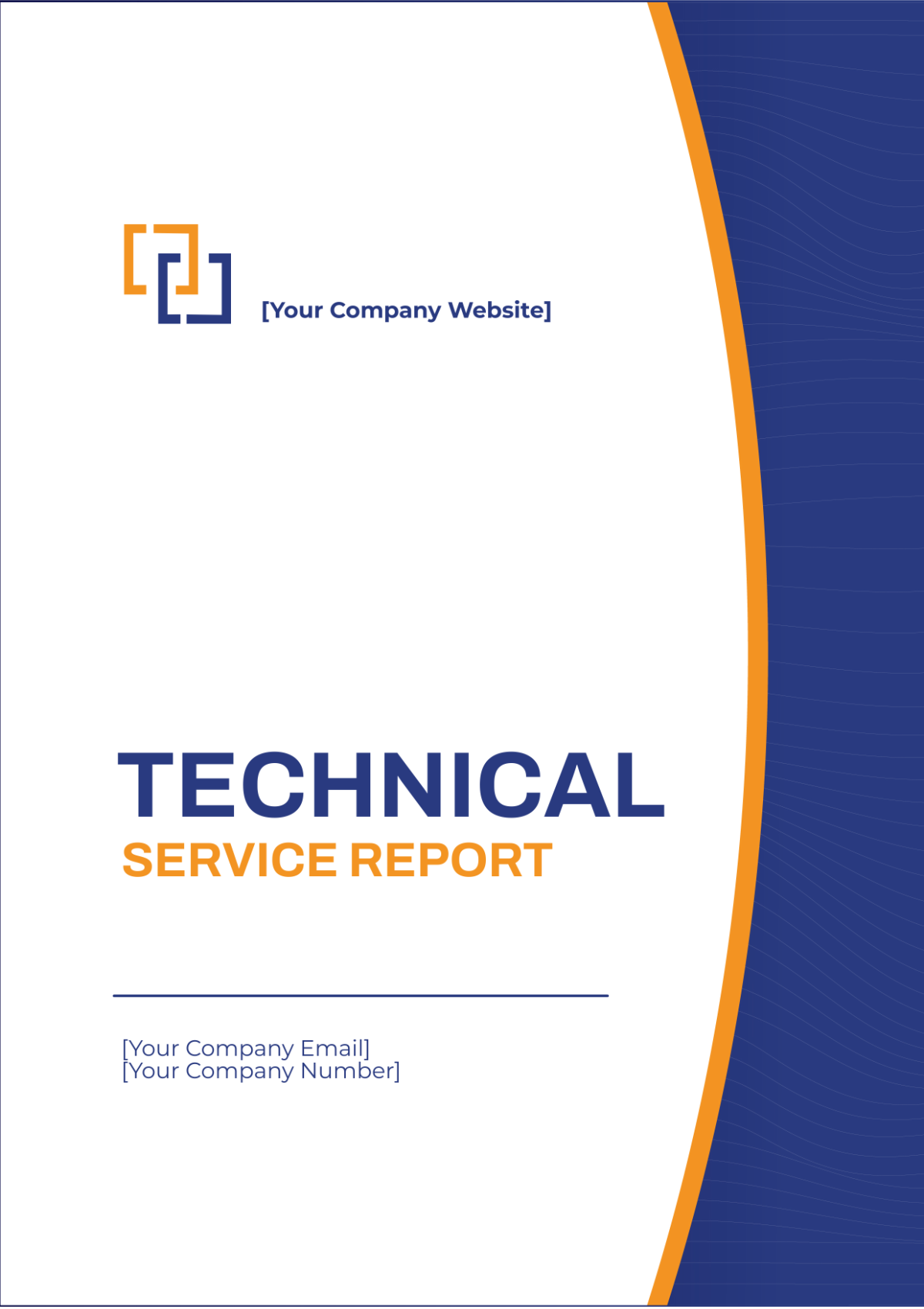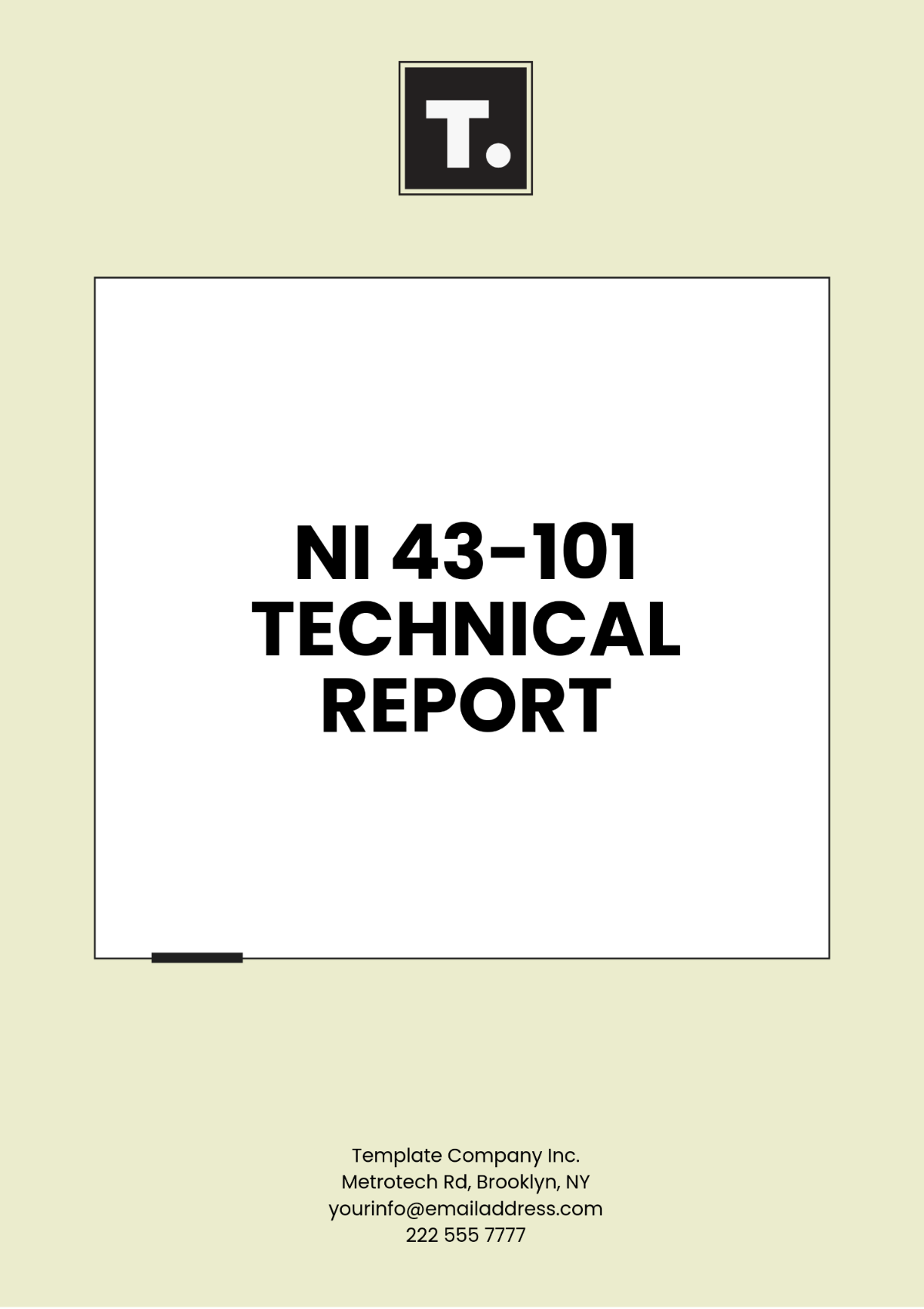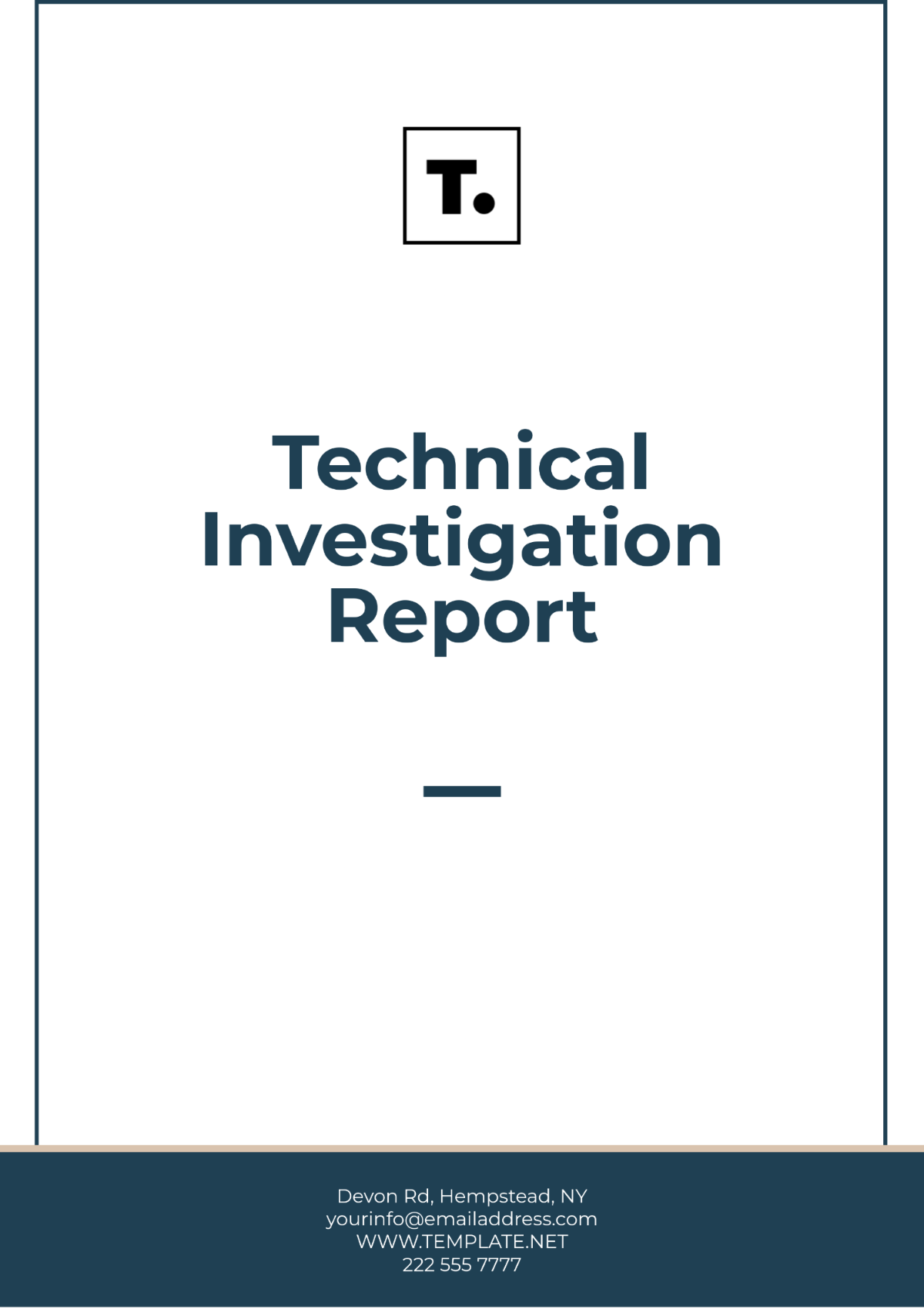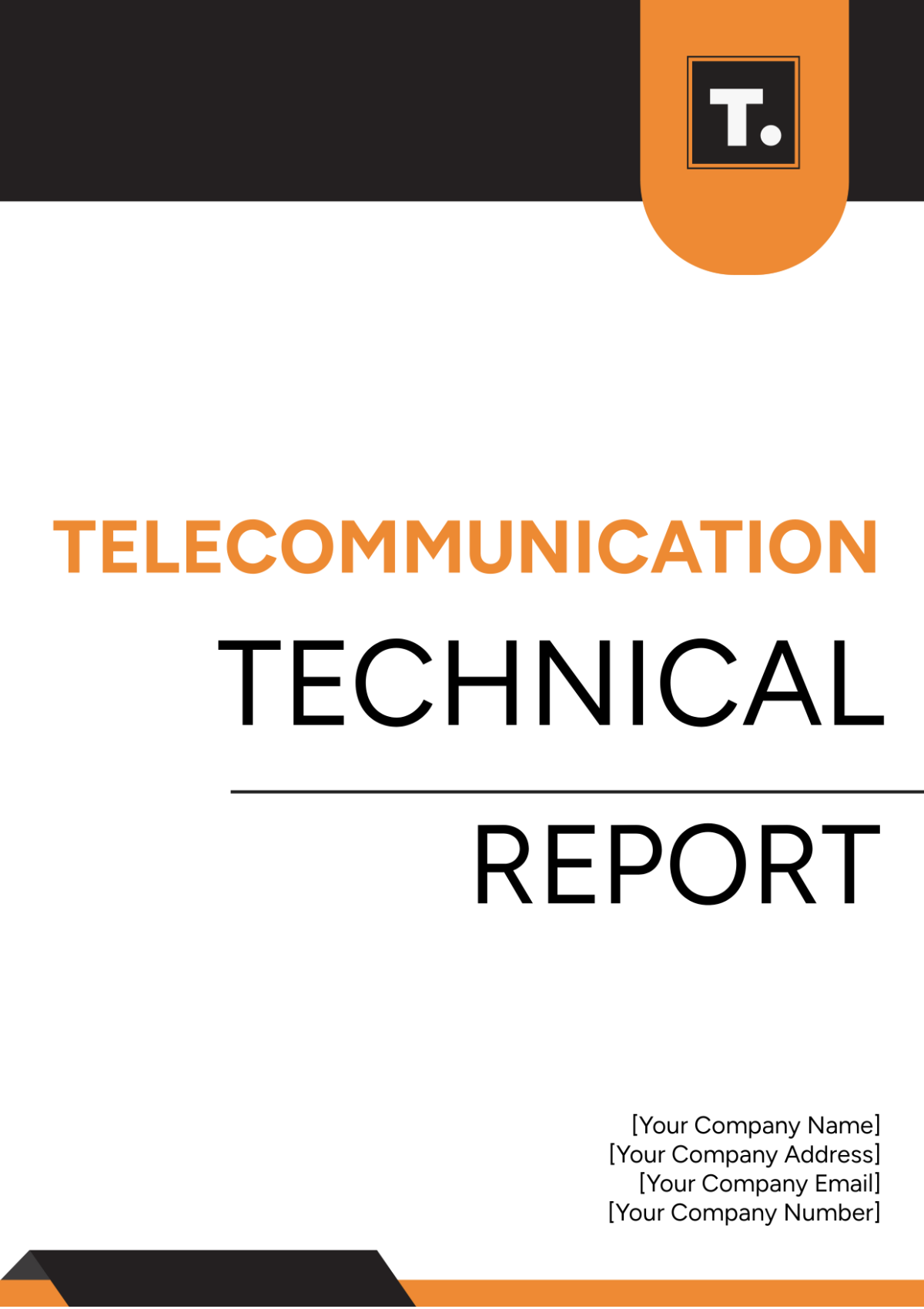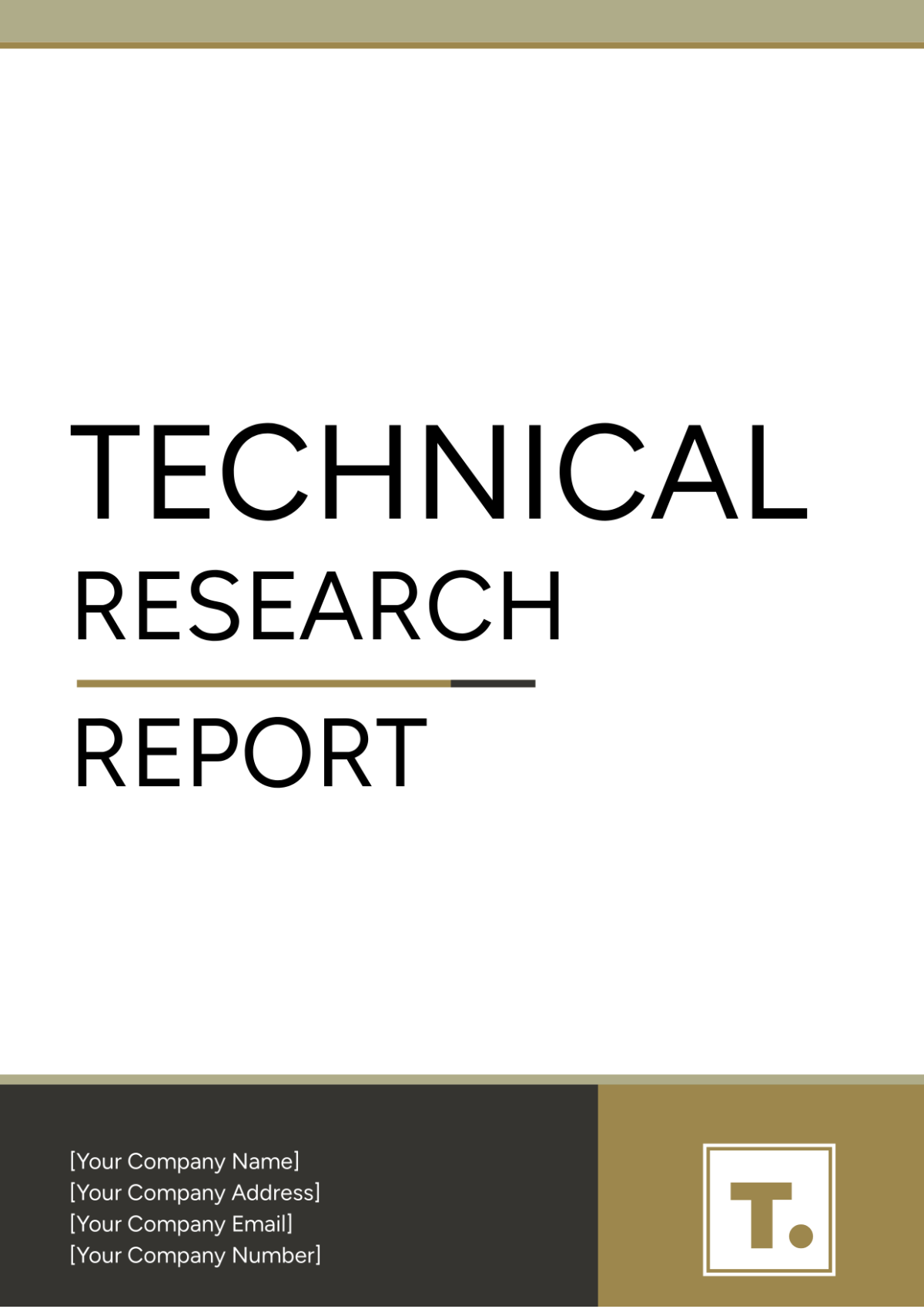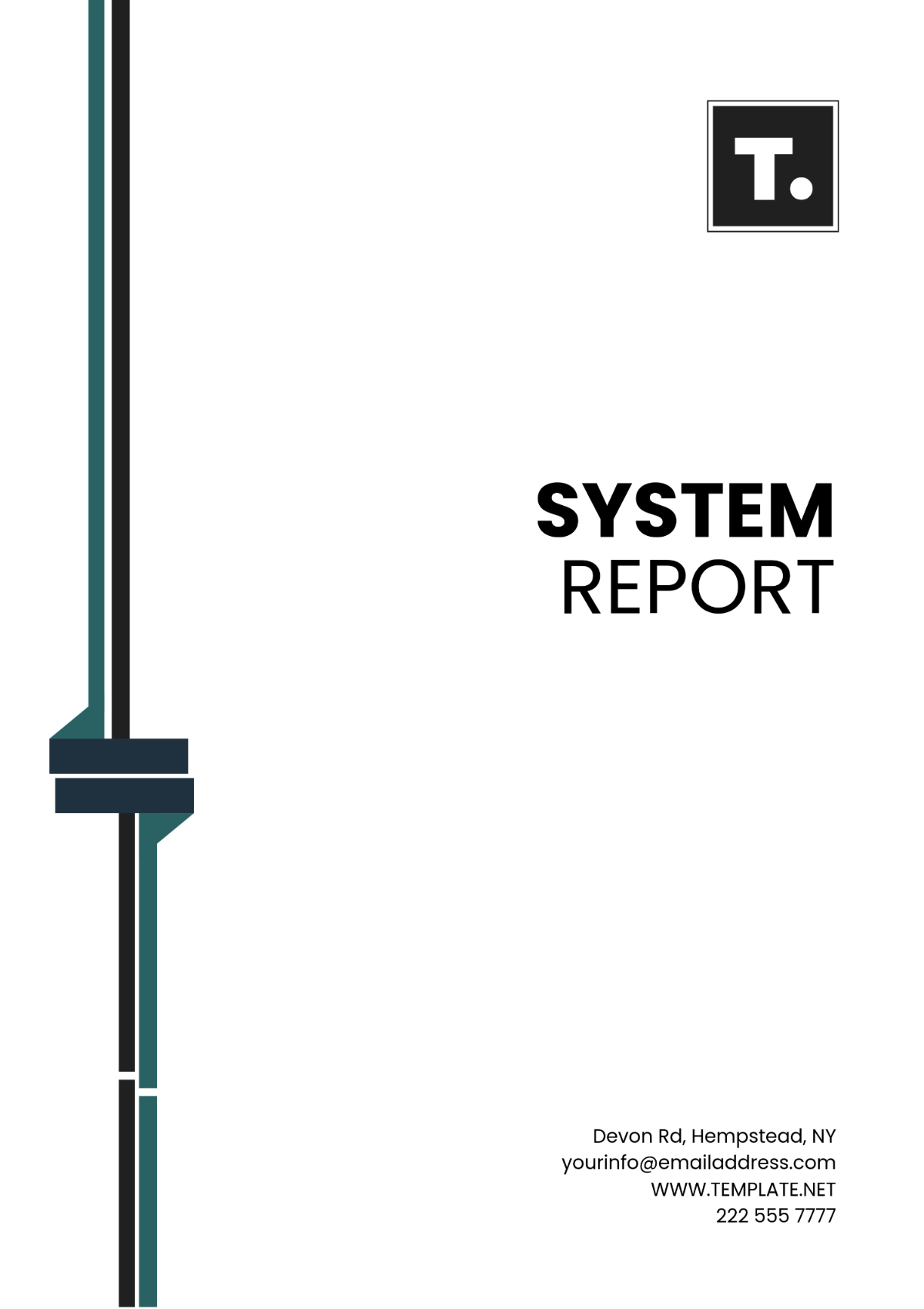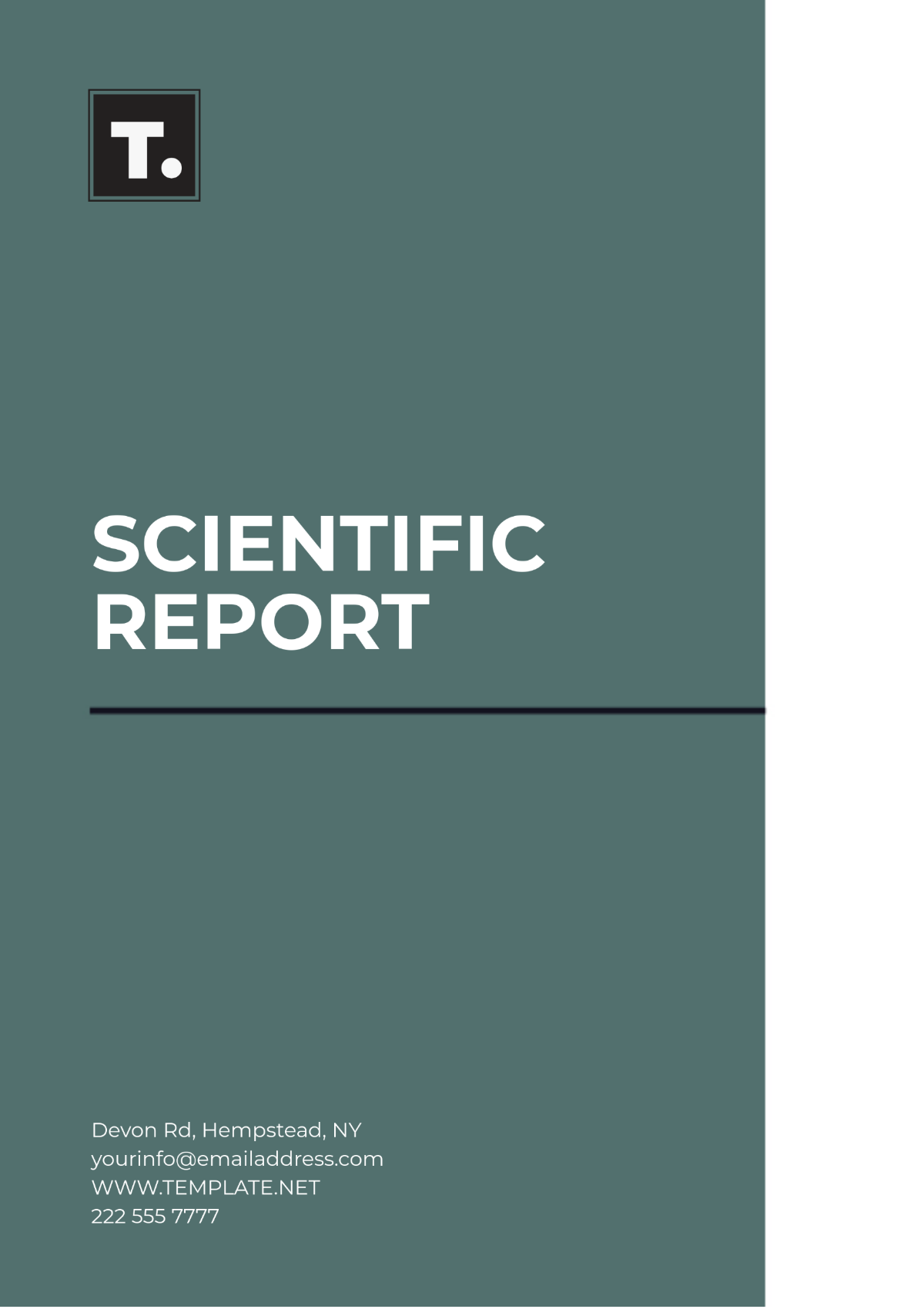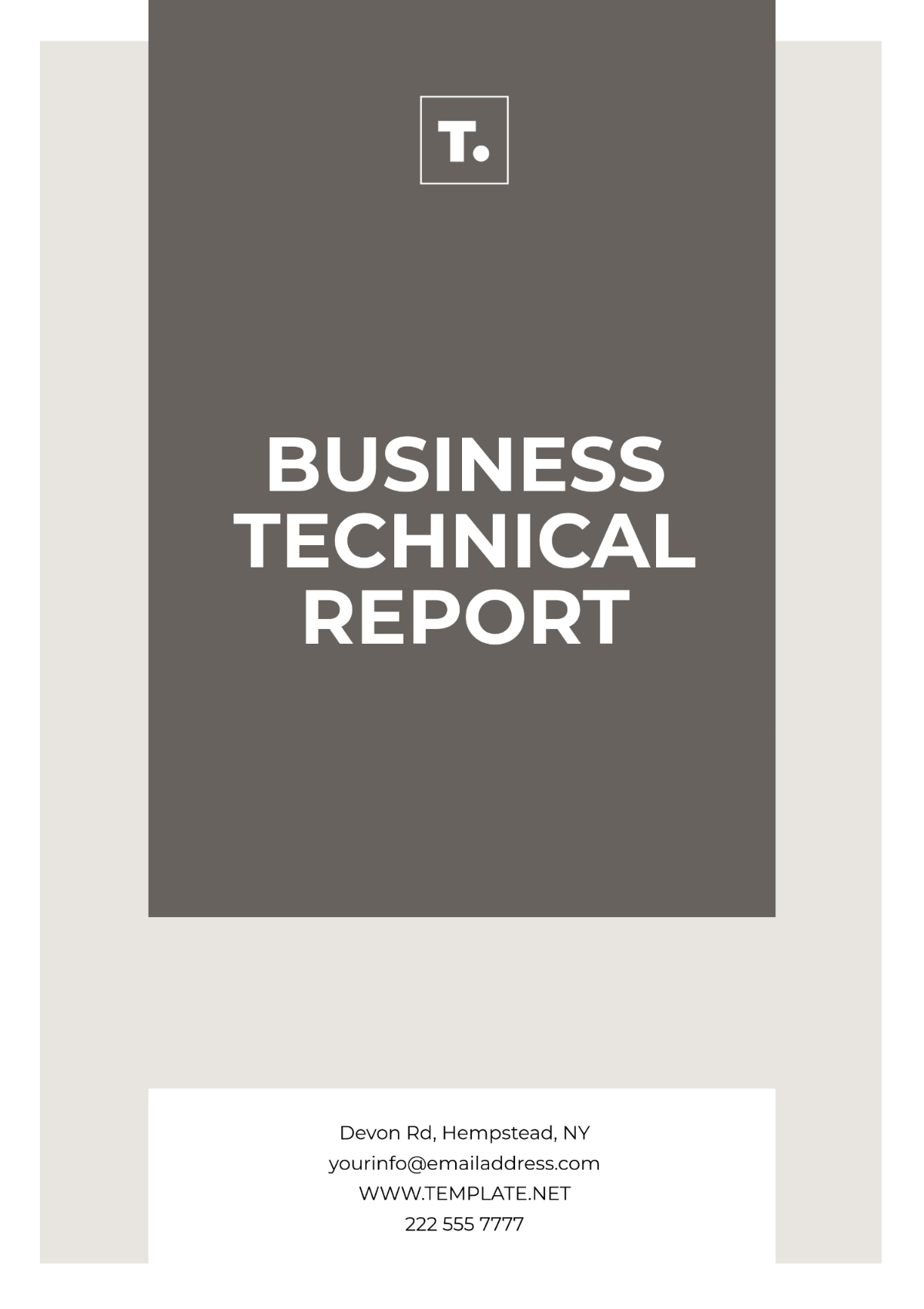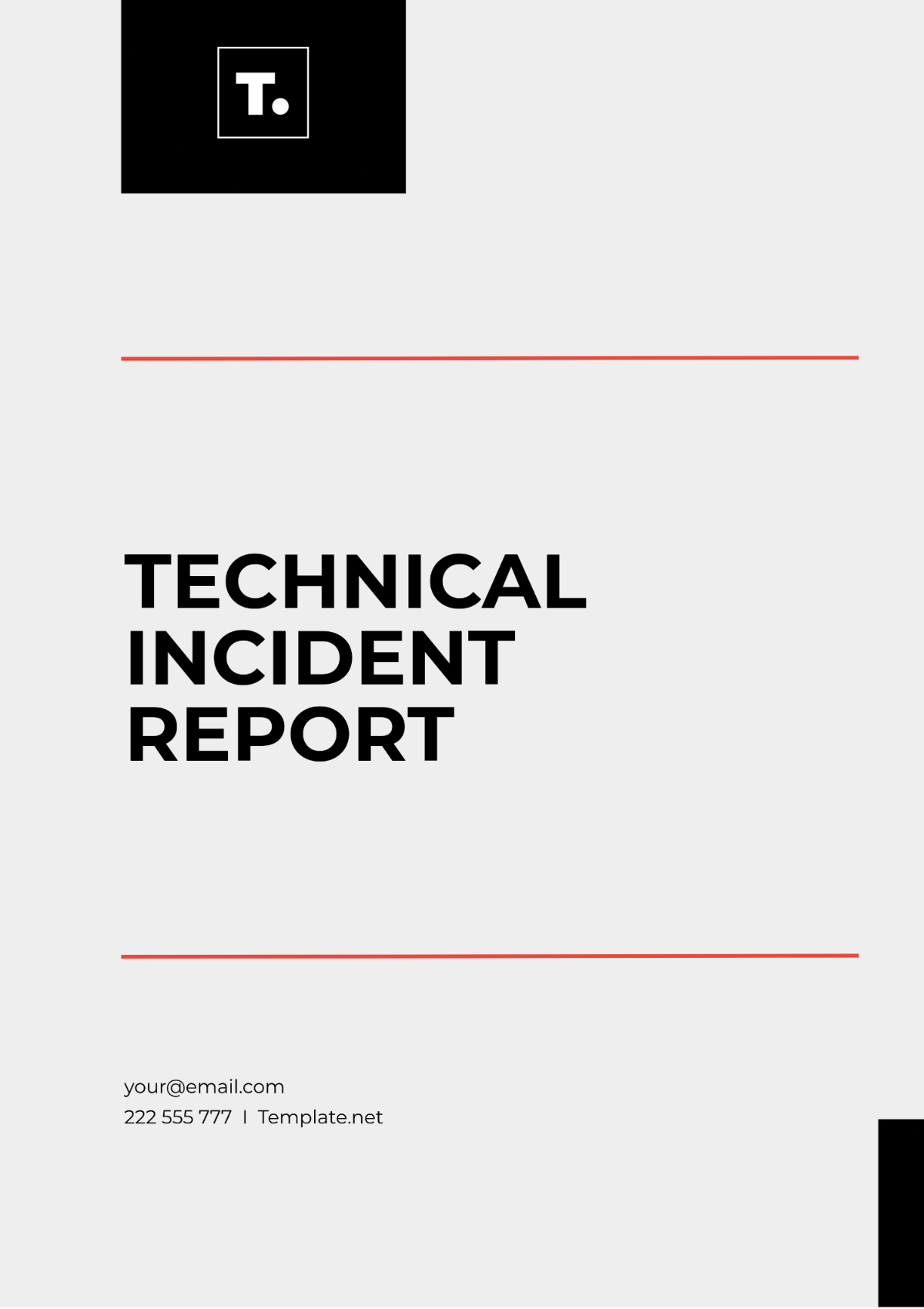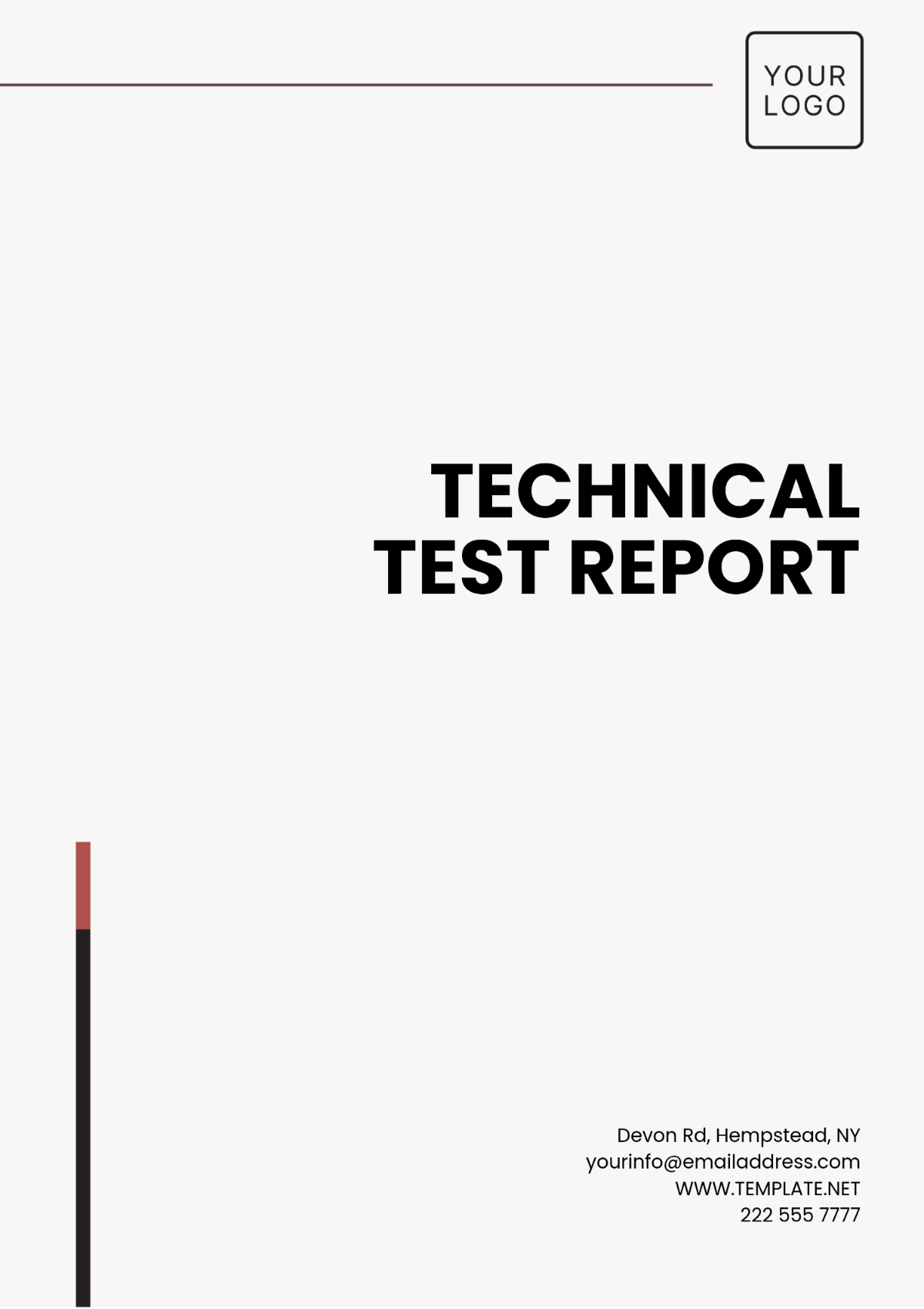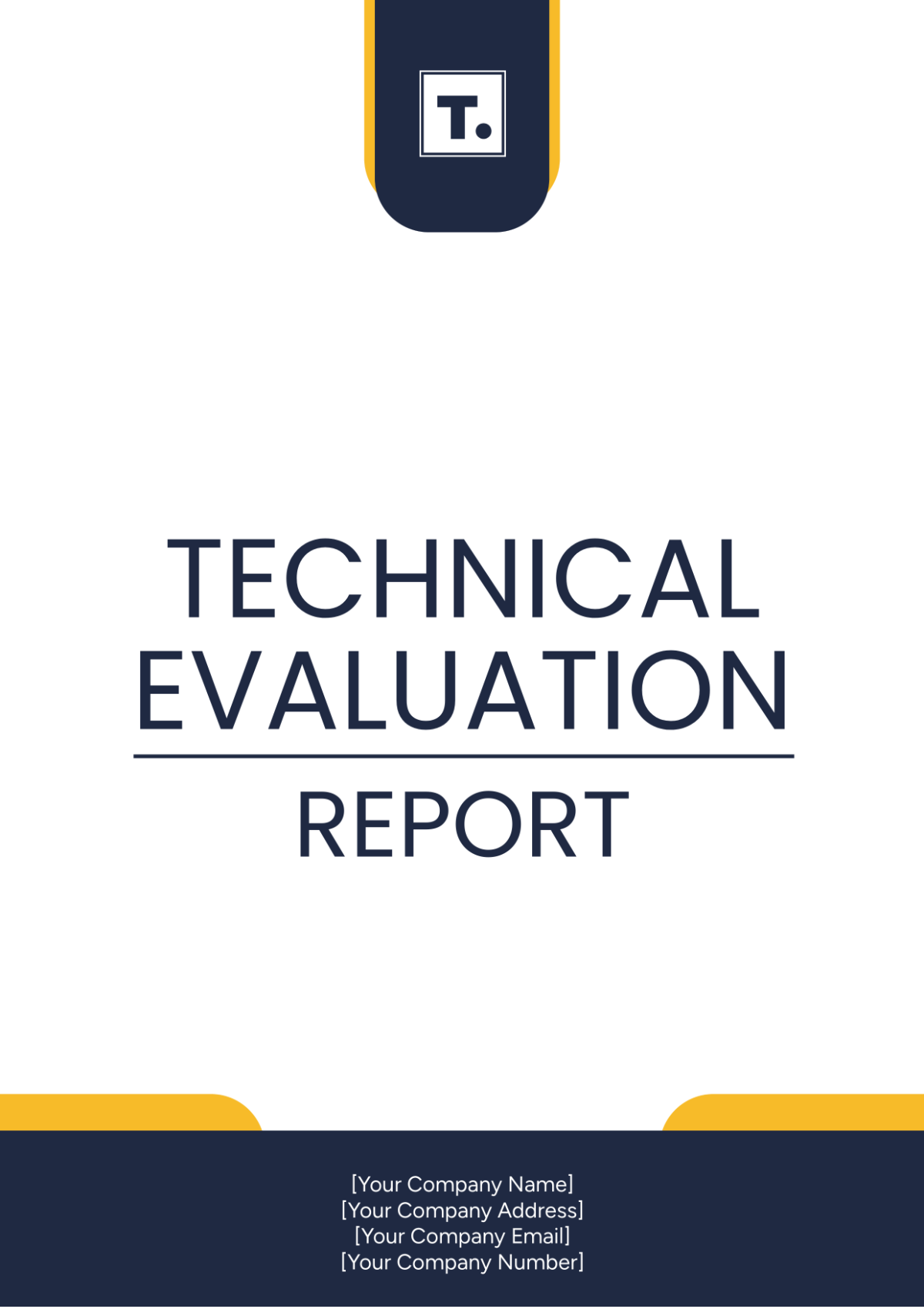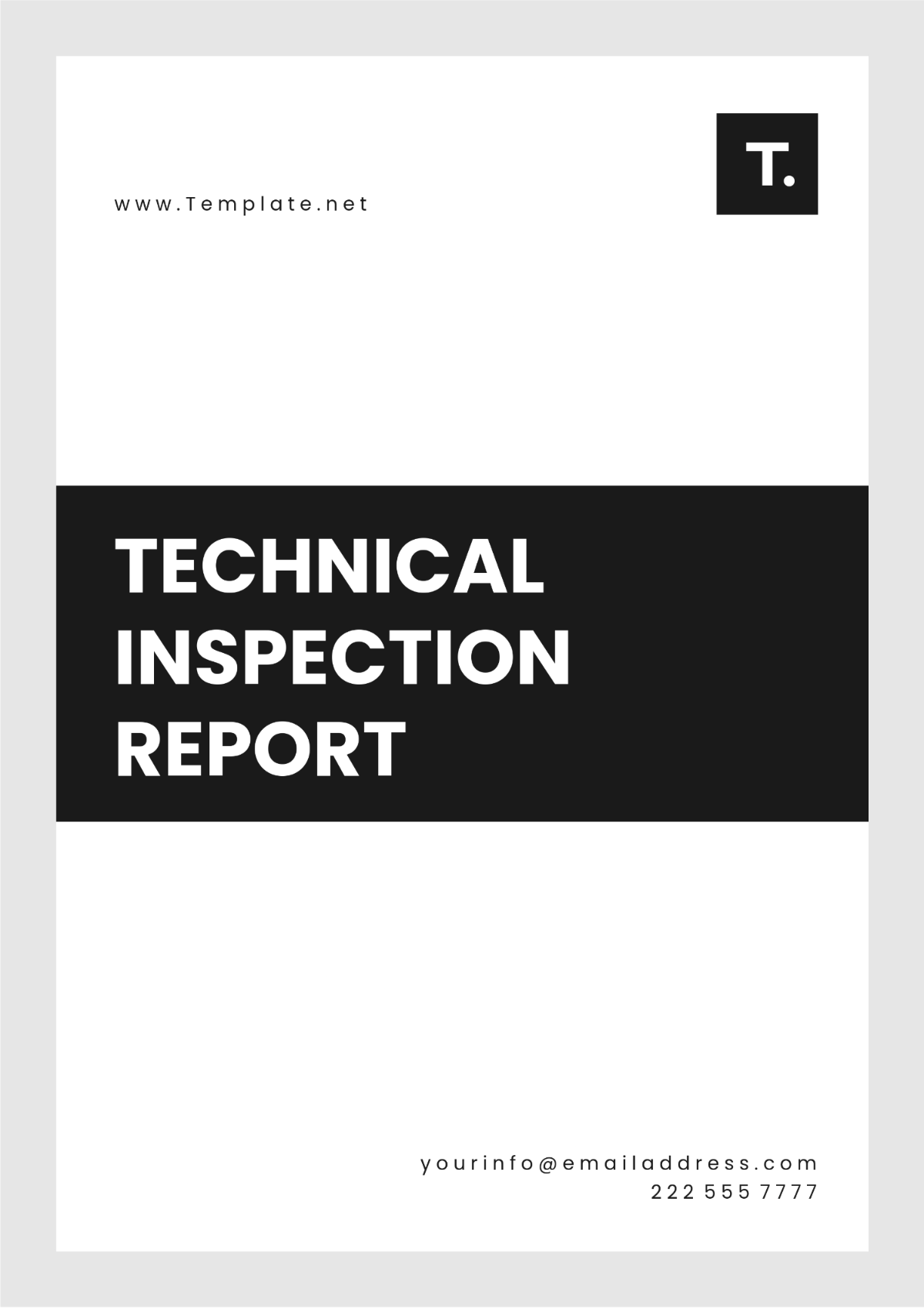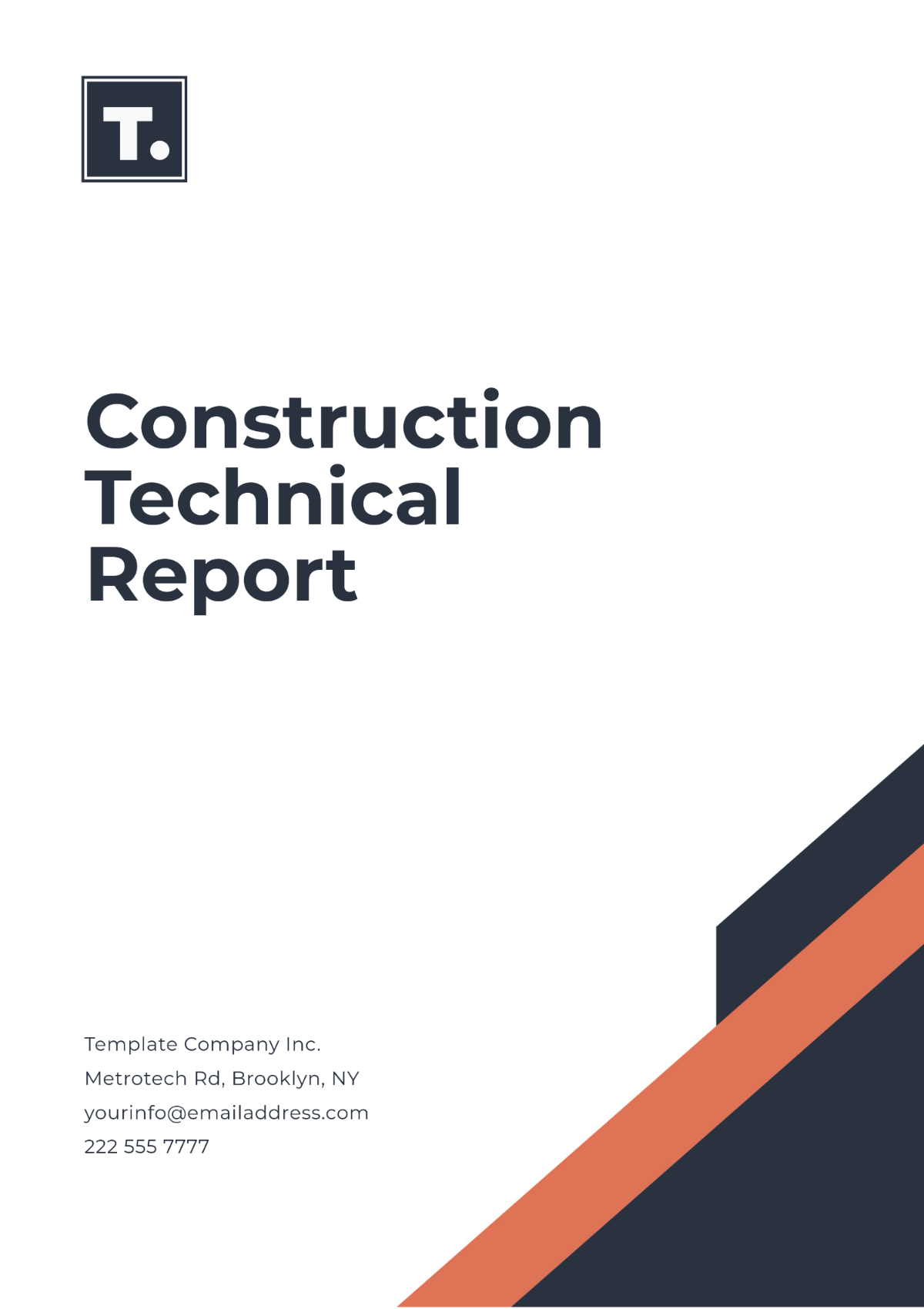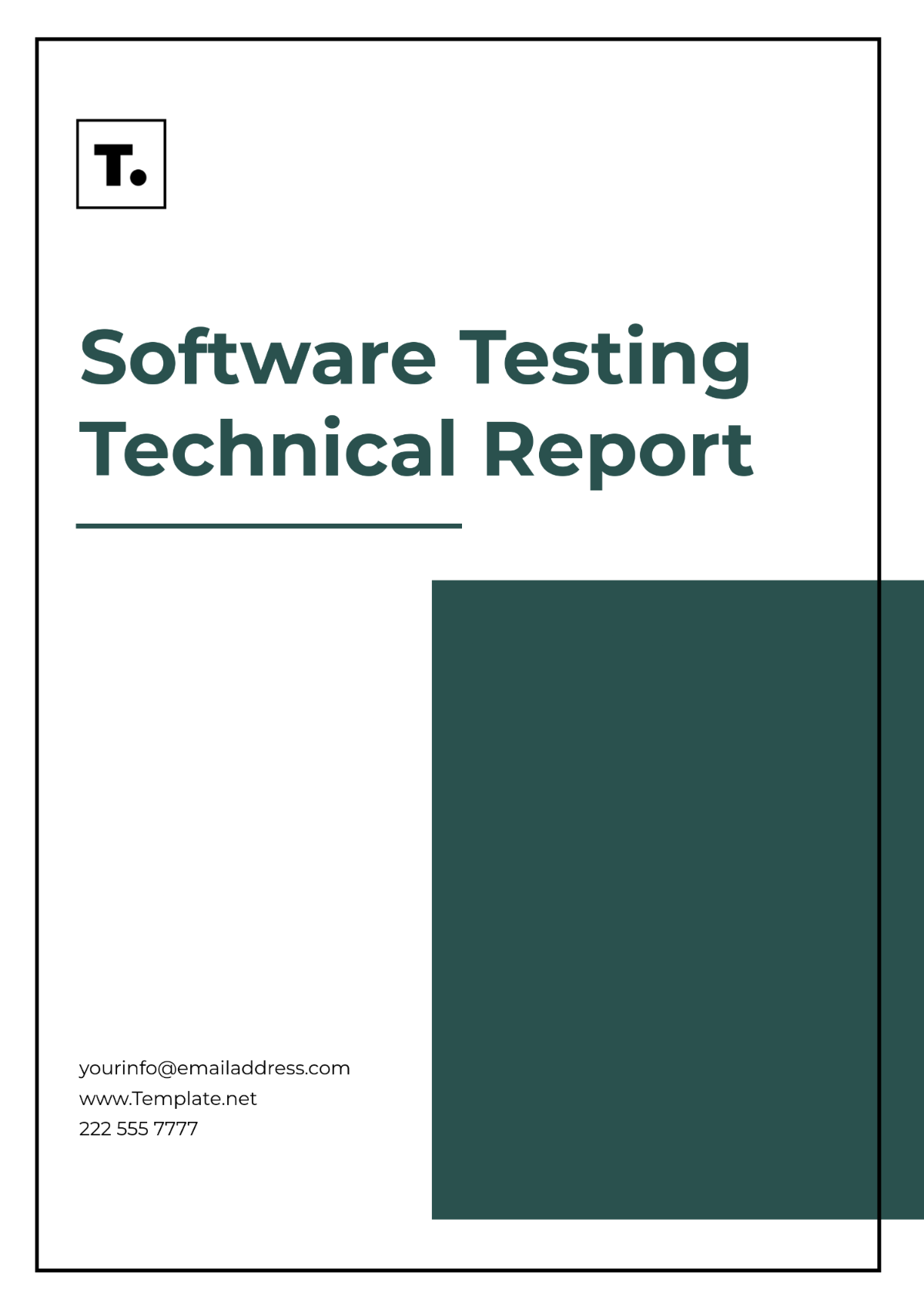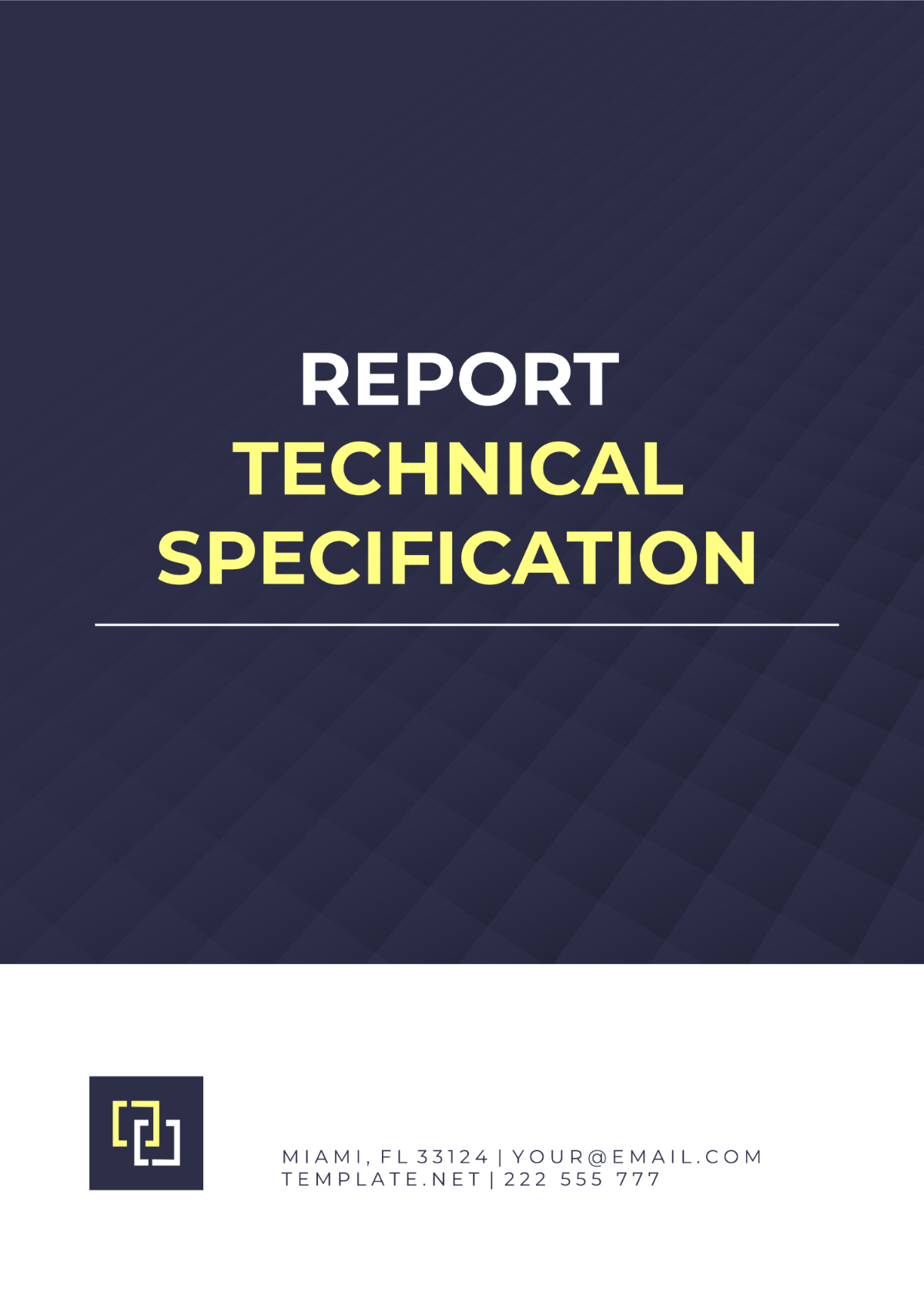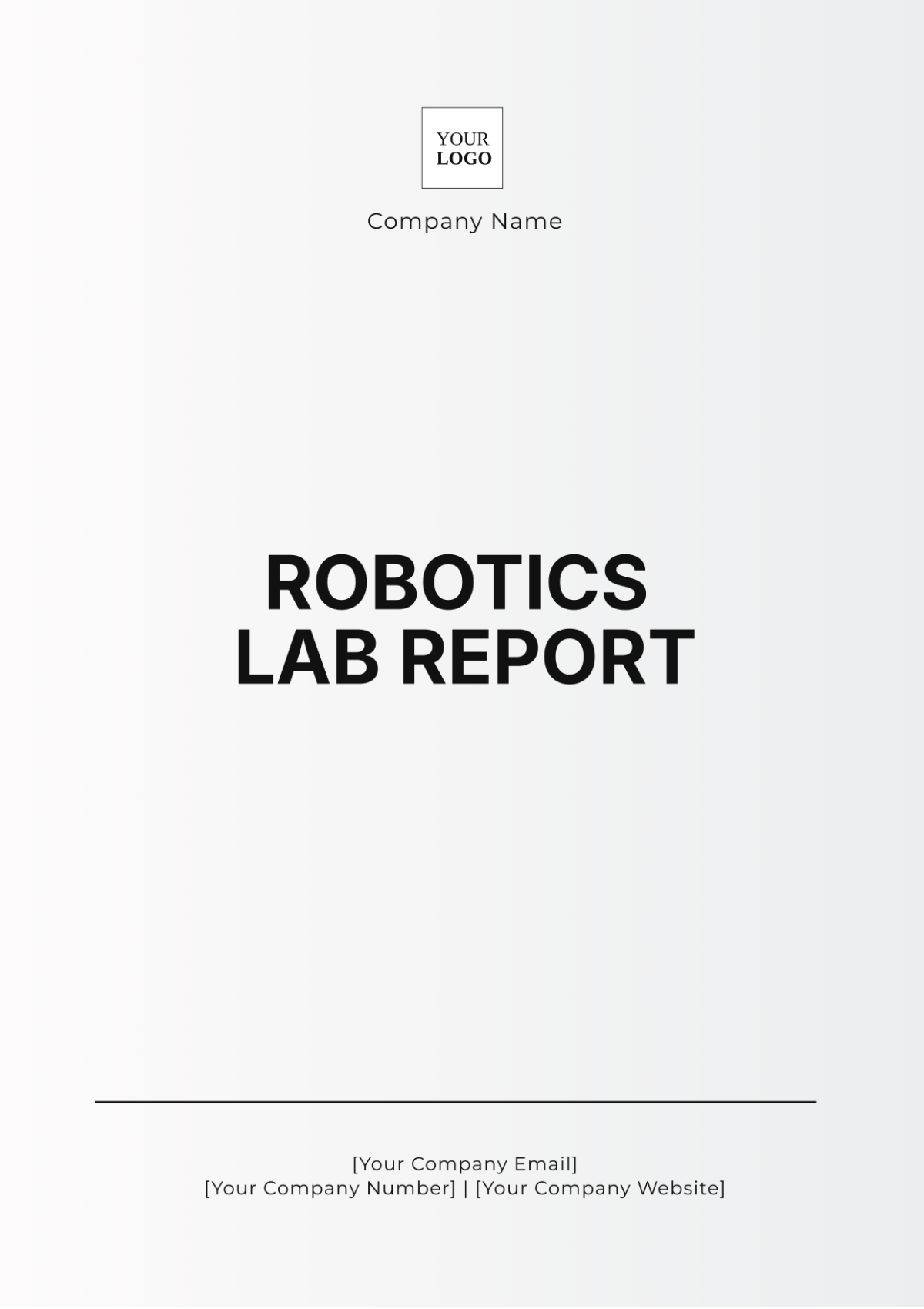Technical R&D Report
1. Executive Summary
This report provides an overview of the research and development project undertaken by [YOUR COMPANY NAME] in 2055. The purpose of this study was to investigate innovative solutions in the field of smart energy management systems. The project focused on developing a next-generation AI-driven energy grid optimization system with the aim of enhancing efficiency and reducing energy waste by 30%.
Key findings include a 28% reduction in energy consumption during peak hours, and the potential applications for urban infrastructure and large-scale industrial facilities. This report outlines the research methodology, presents the results of the study, and offers recommendations for future developments.
2. Introduction
The field of smart energy management is rapidly evolving, with significant advancements anticipated in the coming decades. As a leader in innovation, [YOUR COMPANY NAME] is dedicated to staying at the forefront of these developments. This report details the research conducted in 2055, focused on developing an AI-driven system to optimize energy distribution in smart cities and industrial zones.
The need for this research stems from increasing energy demands and the need for sustainable management of resources, which has driven the exploration of solutions that enhance real-time energy distribution efficiency.
3. Objectives
The main objectives of this R&D project were:
To develop an AI-based system for optimizing energy distribution in smart grids.
To improve overall energy efficiency by 30% by reducing energy waste.
To reduce operational costs of energy management by at least 25%.
To test and validate the system in a real-world urban setting over a 12-month pilot.
The project’s outcomes are expected to have significant implications for urban planning, energy providers, and large-scale industries.
4. Methodology
4.1 Research Design
The research was carried out in controlled laboratory settings followed by a pilot program in a mid-sized smart city. Both qualitative and quantitative approaches were utilized, with an emphasis on data-driven modeling and real-time system feedback mechanisms. The system was built using advanced machine learning algorithms and IoT-based sensors to manage energy distribution dynamically.
4.2 Data Collection
Data were collected from a network of over 500 smart meters installed in various locations across the city. These meters provided real-time data on energy consumption, allowing the AI system to analyze patterns and optimize energy flow. Additionally, industrial plants were equipped with sensors to gather data on heavy energy usage and adjust the distribution based on load.
4.3 Data Analysis
The data were analyzed using predictive modeling and statistical analysis tools such as MATLAB and Python-based machine learning libraries. Comparative analysis was performed between pre-implementation energy usage data from 2050 and post-implementation data from 2055, highlighting the improvements in energy efficiency and cost savings.
5. Results
The following results were obtained from the R&D project:
Energy consumption: A 28% reduction in energy consumption during peak hours was observed.
Cost savings: Operational costs were reduced by 26%, surpassing the initial target.
System reliability: The AI-based system maintained over 98% uptime during the 12-month pilot phase.
Scalability: The system successfully scaled from managing 500 nodes to 5,000 nodes without significant degradation in performance.
Graphs and tables detailing the data collected can be found in Appendix A.
Metric | Baseline (2050) | Post-Development (2055) | Improvement (%) |
|---|---|---|---|
Energy Efficiency | 65% | 83% | 28% |
Operational Costs | $500,000 | $370,000 | 26% |
System Uptime | 85% | 98% | 13% |
6. Discussion and Analysis
The data collected indicate that the AI-driven system significantly improves energy efficiency and cost management in smart grids. The 28% reduction in peak-hour energy consumption is particularly noteworthy, as it suggests that real-time energy optimization can alleviate grid overload and reduce the need for expensive infrastructure upgrades.
6.1 Limitations
Despite these positive results, several limitations were identified. The system's performance in extreme weather conditions, such as heatwaves and cold snaps, requires further validation. Additionally, the data collection was limited to a single city; future projects will need to assess the system's effectiveness in larger, more diverse urban environments.
7. Conclusion
In conclusion, this R&D project has successfully met its objectives, delivering significant improvements in smart energy management. The research demonstrates the potential for AI-driven systems to transform the way energy is distributed and managed, particularly in smart cities and large industrial complexes. Continued exploration and refinement of this technology will be essential to ensure its full commercialization by 2060.
8. Recommendations
Based on the results and analysis, the following recommendations are made:
Expand pilot projects: Test the system in larger urban centers with more diverse energy needs by 2060.
Enhance AI capabilities: Integrate more sophisticated predictive algorithms to handle extreme weather events and unexpected surges in demand.
Collaborate with energy providers: Partner with national energy providers to scale the solution across multiple cities and regions.
9. Future Work
Future work will focus on:
Enhancing AI predictive modeling to improve energy flow during extreme weather conditions.
Expanding the system to manage renewable energy sources, such as solar and wind, to optimize carbon-neutral cities by 2070.
Conducting global pilot programs in smart cities across different continents to test scalability and adaptability in varying climates and economic conditions.
10. Appendices
Appendix A: Data Tables
Detailed data collected during the experiment is provided below.
Test Condition | Result 1 | Result 2 | Result 3 |
|---|---|---|---|
Condition A | 28% reduction | 26% cost saving | 98% uptime |
Condition B | 15% reduction | 18% cost saving | 96% uptime |
Appendix B: Additional Materials
Technical drawings of the AI system architecture
System flowcharts and implementation schematics
Prepared by:
[YOUR NAME]
Research & Development Lead
[YOUR COMPANY NAME]
